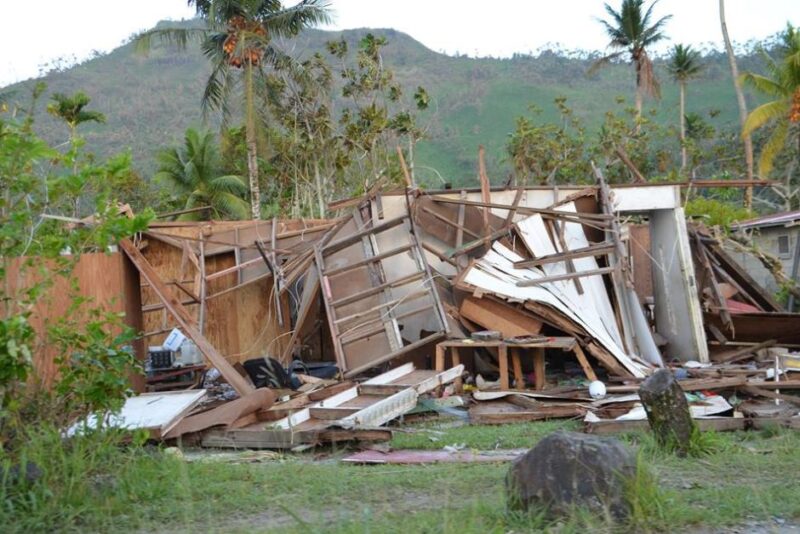Manila: Nine people have died and hundreds of fell ill with diarrhea in the Philippines destroyed by Typhoon last month, with a commemoration of health assistance officials because millions struggled to secure clean water and food.
Three weeks after the Typhoon Rai crashed into the South and Central Islands, destroying thousands of houses and killing more than 400 people, assistance work continued to supply the population stranded by the storm.
Nine people have died because of dehydration caused by diarrhea in the poor islands and the island of neighboring resort siargao, which is known for its wave spots, the regional office of the Philippine Health Department.
A total of 895 cases were recorded there since the typhoon hit, most of them left homelessness, as a government and aid agency rushed to build an emergency water treatment facility, an Ernesto Parish department spokesman told AFP.
“It’s hard to say it’s controlled. Water supply remains irregular. Their food needs have not been aimed at,” Pareja said.
The International Federation of Red Cross and Red Crescent (IFRC) warned “increased health crisis” in terrain-hit areas when increasing disaster response.
“It is very concerned that people have become very sick and even dying in areas destroyed by this typhoon,” said the Head of the Philippine delegation at Alberto Bocanegra in a statement on Thursday.
The typhoon leaves “Millions without access to clean drinking water, hospitals and health facilities”, Bocanegra added.
As many as 402 people died of Typhoon, according to the latest calculation of the Philippine Civil Defense Office, with more than 1,200 injuries and 78 was still lost and at least 370,000 still in the evacuation center.
The UN World Food Program (WFP) said the government’s preparation for the storm and the initial response had been “commendable” but warned that more support is needed.
“Unless we act now and provide food assistance that is needed for affected families, we risk seeing rapid gains in preventable malnutrition,” said WFP State Director and Representative of Brenda Barton.
Parmaja urges donors and help agents to continue their work.
“To all our partners, we hope they will not stop the aid flow. The situation remains unstable,” Pareja said.
The victim had equalized the storm to Super Typhoon Haiyan, who left 7,300 dead or lost throughout the Central Philippines in 2013 and remained the most deadly in the country.
Local health officials also monitor respiratory infections after at least two cases turned out to be Covid-19.
